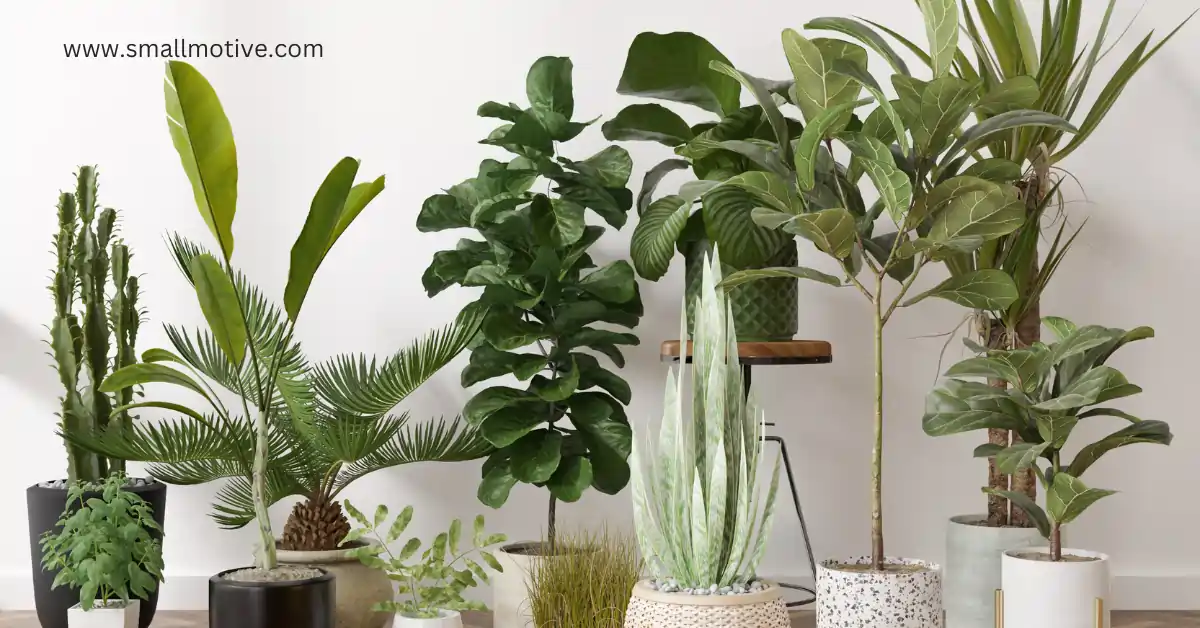Green Plants: The Cornerstones of Life
Green plants are the unsung heroes of our planet, quietly sustaining life as we know it through their remarkable abilities. From towering trees to delicate ferns, green plants come in myriad forms, each playing a crucial role in ecosystems worldwide.
Importance of Green Plants
1. Environmental Impact
Green plants serve as the primary producers in most ecosystems, harnessing the power of sunlight to convert carbon dioxide into oxygen through photosynthesis. This exchange of gasses is fundamental to the balance of atmospheric composition, ensuring a breathable atmosphere for all living organisms.
2. Economic Significance
Beyond their ecological contributions, green plants hold immense economic value. Industries such as agriculture, forestry, and horticulture rely heavily on plant-derived products for food, fiber, and fuel, driving economies and sustaining livelihoods globally.

Types of Green Plants
1. Trees
Among the most iconic and long-lived members of the plant kingdom, trees provide habitat, shade, and essential ecosystem services such as carbon sequestration and soil stabilization.
2. Shrubs
Shrubs, with their woody stems and diverse forms, are vital components of natural landscapes and cultivated gardens, offering beauty and biodiversity in equal measure.
3. Herbs
Herbs encompass a broad category of non-woody plants prized for their culinary, medicinal, and aromatic properties, enriching both our plates and our health.
4. Grasses
Grasses dominate vast swathes of terrestrial environments, from savannas to prairies, serving as food sources for grazers and playing a key role in soil conservation.
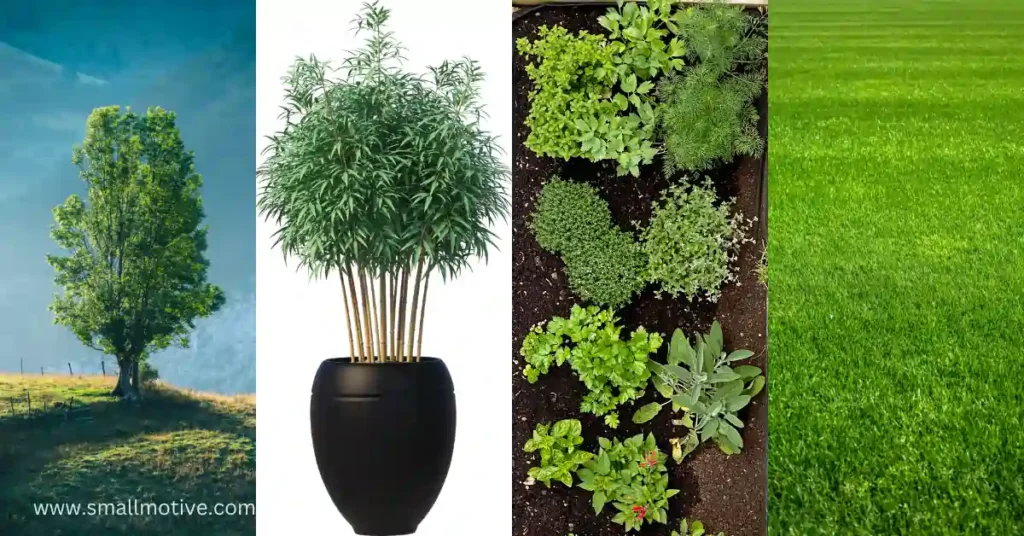
Structure and Function of Green Plants
1. Photosynthesis
At the heart of every green plant lies the miraculous process of photosynthesis, wherein chlorophyll-containing cells convert light energy into chemical energy, fueling the synthesis of sugars from carbon dioxide and water.
2. Cell Structure
Green plants exhibit a diverse array of cell types and specialized structures, each finely tuned to perform specific functions such as nutrient uptake, water transport, and gas exchange.
3. Reproduction
From seed dispersal to pollination, green plants have evolved myriad strategies to ensure the continuation of their species, employing a combination of sexual and asexual reproduction methods.
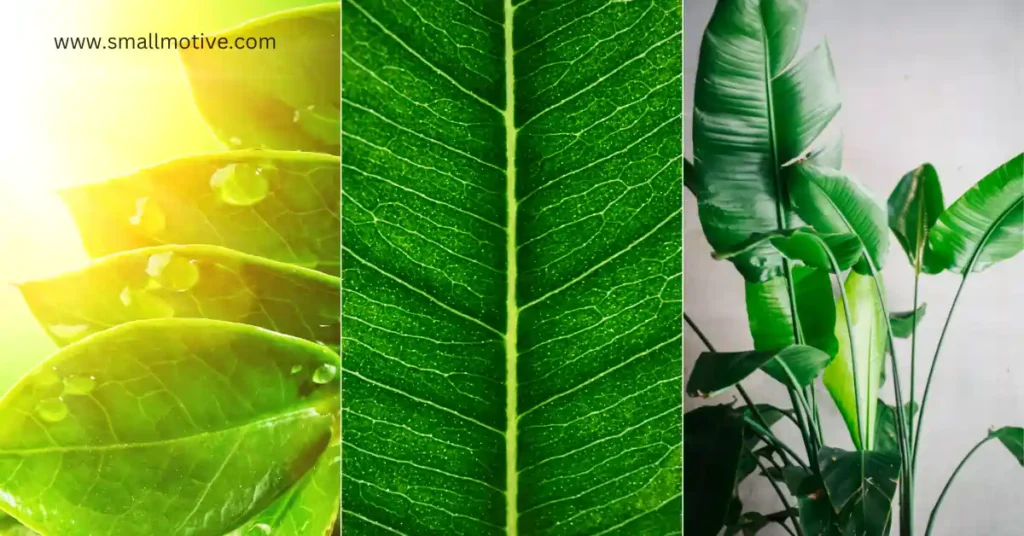
Green Plants and Ecosystems
1. Role in Oxygen Production
Green plants are the primary source of atmospheric oxygen, generating approximately half of the Earth’s supply through photosynthesis—an indispensable service for the survival of aerobic organisms.
2. Habitat for Wildlife
The dense foliage of green plants provides shelter, nesting sites, and food for a vast array of animal species, supporting complex food webs and biodiversity hotspots around the globe.
Human Interaction with Green Plants
1. Agriculture
The domestication and cultivation of green plants revolutionized human society, enabling the development of settled communities and the rise of civilizations dependent on staple crops for sustenance.
2. Medicinal Uses
Throughout history, green plants have served as a wellspring of medicinal compounds, with indigenous cultures harnessing their healing properties to treat ailments ranging from fevers to infections.
3. Aesthetic Value
Beyond their practical utility, green plants enrich our lives aesthetically, lending beauty and tranquility to urban landscapes, gardens, and indoor spaces.
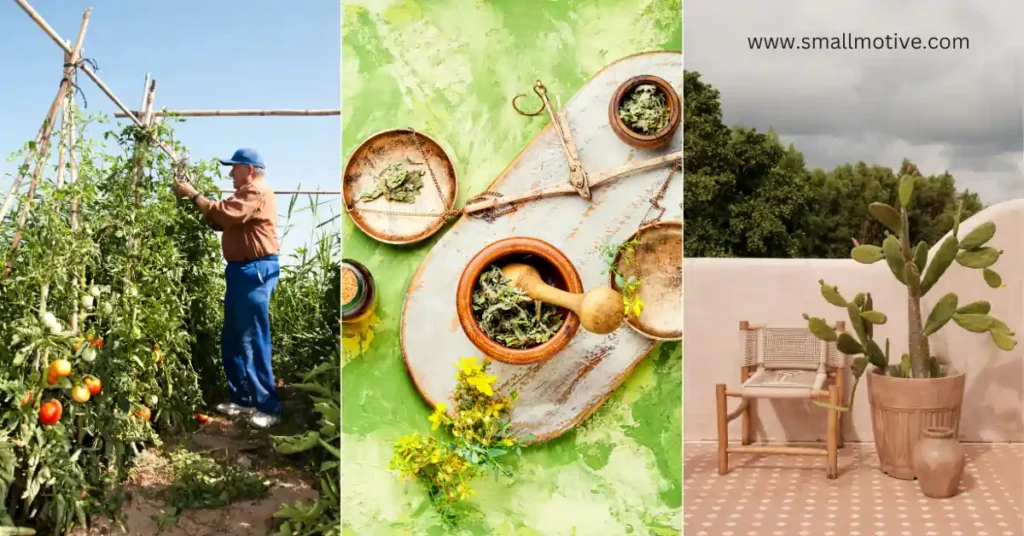
Popular Green Plants for Indoor Spaces
Bringing green plants into indoor spaces not only enhances the aesthetic appeal but also promotes a healthier living environment. Several green plants are well-suited for indoor cultivation due to their low maintenance requirements and air-purifying properties.
1. Snake Plant
The snake plant, also known as mother-in-law’s tongue, is a hardy succulent that thrives in low-light conditions. It is renowned for its ability to remove toxins such as formaldehyde and benzene from the air, making it an excellent choice for bedrooms and offices.
2. Spider Plant
The spider plant is characterized by its long, arching leaves and spider-like foliage. It is highly adaptable and can tolerate a wide range of light and moisture conditions. Spider plants are known for their air-purifying abilities and are particularly effective at removing carbon monoxide and xylene from indoor air.
3. Peace Lily
People love peace lilies for their beautiful white flowers and shiny green leaves. They do best in areas with not too much light and like their soil to stay damp. Peace lilies are excellent at filtering indoor air pollutants, including formaldehyde, trichloroethylene, and benzene.
4. Aloe Vera
Aloe vera is a versatile succulent with fleshy, serrated leaves that contain a gel-like substance with numerous medicinal properties. It requires bright, indirect light and infrequent watering, making it well-suited for windowsills and sunny spots.
5. Rubber Plant
The rubber plant is a popular choice for adding greenery to indoor spaces, thanks to its large, leathery leaves and upright growth habit. It prefers bright, indirect light and regular watering during the growing season. Rubber plants are effective at removing indoor air pollutants and are relatively low-maintenance.
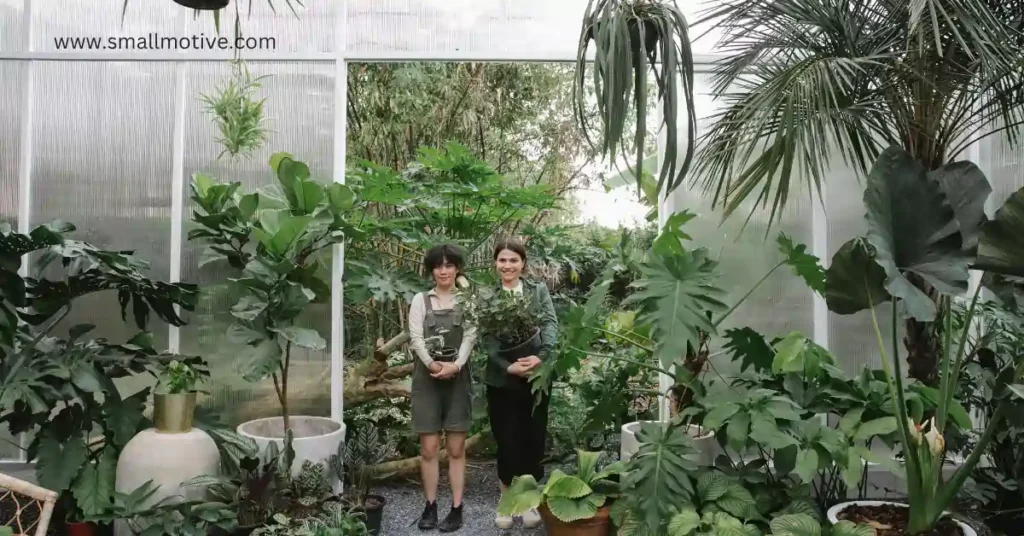
How to Care for Green Plants Indoors
1. Light Requirements
Understand the light preferences of your plants. Certain types of plants do well when they get plenty of bright, indirect sunlight, but some prefer dimmer, low-light settings. Place your plants accordingly, ensuring they receive adequate sunlight without being exposed to harsh, direct sunlight that can scorch their leaves.
2. Watering Frequency
Monitor the moisture level of the soil regularly. Water your plants when the top inch of soil feels dry to the touch, but avoid overwatering, as it can lead to root rot and other issues. Make sure to use water that’s at room temperature and make sure the drainage is good so that the plants don’t get waterlogged.
3. Soil Type
Use well-draining potting soil suitable for the specific needs of your plants. Avoid using garden soil, as it may contain pests, pathogens, or excess nutrients that can harm indoor plants. Consider repotting your plants into larger containers with fresh soil as they grow.
4. Temperature and Humidity
Maintain stable indoor temperatures and humidity levels to mimic the plants’ natural environment. Most indoor plants thrive in temperatures between 60°F to 75°F (15°C to 24°C) and prefer moderate humidity. Use a humidifier or pebble trays filled with water to increase humidity levels if necessary, especially during the dry winter months.
5. Fertilizing
Feed your green plants with a balanced liquid fertilizer diluted to half-strength during the growing season (usually spring and summer). Avoid fertilizing during the dormant winter months, as plants require less nutrients during this time.
6. Pruning and Grooming
Regularly prune your plants to remove dead or yellowing leaves, promote new growth, and maintain a desirable shape. Make sure you’re using sharp scissors or pruning shears to make clean cuts and keep your plant healthy. Grooming also includes removing dust from the leaves using a soft, damp cloth to allow better light absorption.
7. Pest Control
Keep an eye out for common pests such as aphids, spider mites, and mealybugs, which can infest indoor plants. Inspect both the upper and lower surfaces of leaves regularly for signs of pest activity, such as tiny insects, webbing, or sticky residue. Treat infestations promptly using natural or chemical pest control methods to prevent damage to your plants.
8. Rotation and Repositioning
Make sure you move your plants around now and then so they grow evenly and don’t start tilting toward the light. Repositioning your plants can also help them acclimate to changing light conditions and reduce the risk of overcrowding or competition for resources.
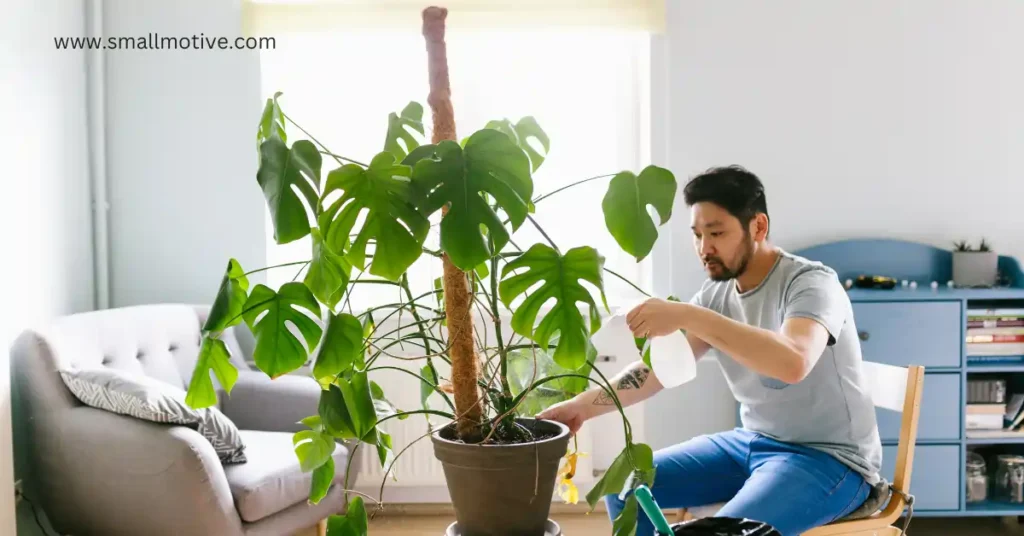
Threats to Green Plants
1. Deforestation
The widespread clearing of forests for agriculture, urbanization, and resource extraction poses a grave threat to green plants and the ecosystems they inhabit, leading to habitat loss, biodiversity decline, and soil degradation.
2. Climate Change
Rising temperatures, shifting precipitation patterns, and extreme weather events associated with climate change pose significant challenges to green plants, disrupting their growth cycles and distribution patterns.
Conservation Efforts
1. Reforestation
Efforts to restore degraded landscapes through reforestation initiatives aim to replenish green plant populations, enhance carbon sequestration, and safeguard biodiversity for future generations.
2. Sustainable Practices
Adopting sustainable land management practices, such as agroforestry, organic farming, and habitat restoration, is essential for mitigating the pressures facing green plants and fostering resilient ecosystems.
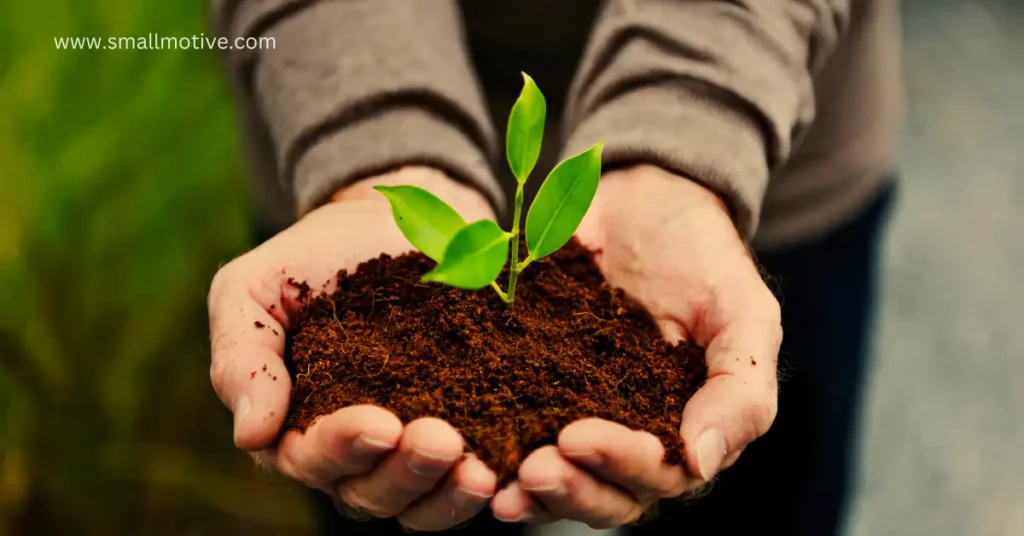
Conclusion
In conclusion, green plants form the foundation of life on Earth, sustaining ecosystems, economies, and human well-being through their myriad contributions. By recognizing their importance and implementing conservation measures, we can ensure a greener, more sustainable future for generations to come.
FAQs
1. Why are green plants important for the environment?
Green plants play a vital role in producing oxygen, regulating the climate, and supporting diverse ecosystems.
2. How do green plants contribute to human health?
Green plants provide nutritious food, medicinal compounds, and psychological benefits through their presence in natural environments.
3. What are some examples of threats to green plants?
Deforestation, habitat fragmentation, pollution, and climate change are among the major threats facing green plants worldwide.
4. What can individuals do to support green plant conservation?
Individuals can contribute to conservation efforts by planting trees, supporting sustainable agriculture, reducing their carbon footprint, and advocating for environmental policies.
5. How do green plants benefit wildlife?
Green plants provide food, shelter, and nesting sites for a wide variety of animal species, supporting biodiversity and ecological resilience.
